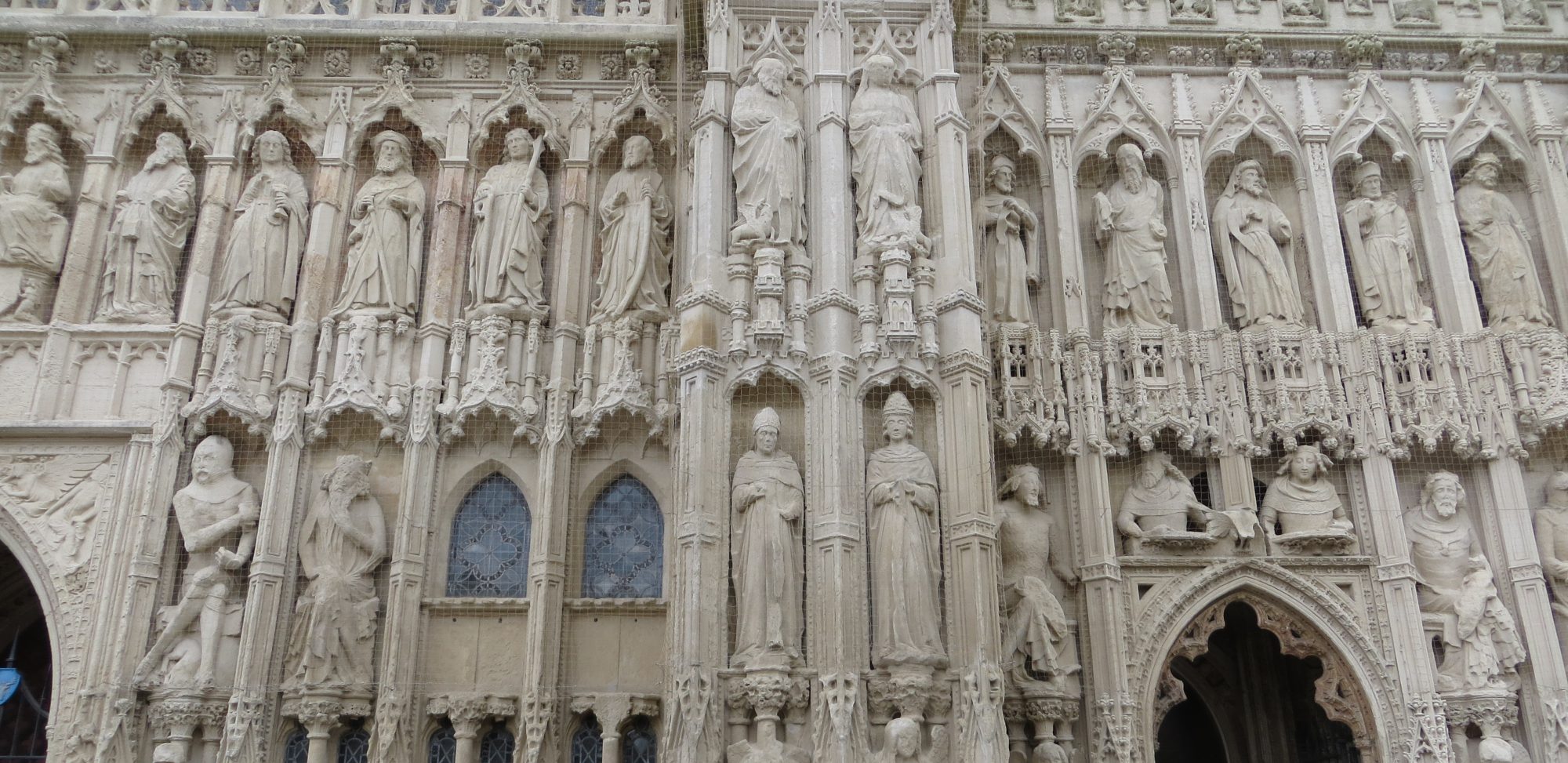Unfortunately, I feel compelled to scorn here…
Arius was from ALEXANDRIA, not Antioch!
This guy doesn’t know his Church history.
The Antiochenes stressed the full reality of divinity and the full reality of humanity in Jesus Christ. The Alexandrians stressed that the one active and passive subject in Jesus Christ was the Logos.
At its extreme, Alexandrian theology tended either to deny the divinity of the Logos (this is what Arius did: the Logos is a creature), or to fuse divinity and humanity in their insistence upon the ‘one Incarnate nature of God the Word’ (Cyril’s phrase).
At its extreme, Antiochene theology in Nestorianism so fully stressed the divine reality and the human reality in Jesus that it developed the notion that in Christ there were two beings, one divine and one human, acting in unison.
In fact, the Church ultimately accepted neither of these positions on its own, but rather recognised the truth to lie in their synthesis, a synthesis that was definitively achieved in the Constantinoplitan Ecumenical Councils of 553 and 680. The one divine hypostasis of God the Word, fully divine by nature, assumed (enhypostasised) human nature in Incarnation, thereby divinising it entirely: it only existed in the divine hypostasis of the Logos and was fully permeated by divine energy. Thus the Cyrillene ‘one nature’ of God the Word is to be understood as the one hypostasis of God the Word (as per Trinitarian theology), and the divine and human realities in Jesus – which remain unconfused – are indivisibly united, existing in the one subject of the hypostasis of God the Word.
The author is confusing two issues: Arius the Alexandrian’s denial that Christ is divine (so that in Christ no union of divine and human takes place), and the Nestorian denial of union in the one hypostasis of God the Word (so that in Christ no union of divine and human takes place). Neither, however, denied the need for Christology.
Also, the author, I fear, remains caught in the Protestant confusion of thinking of Nicaea 325 as a terminus of dogmatic Orthodoxy, when in fact, it is the starting-point, comprehensible to us only in light of the subsequent Councils of the Church. If you take the Symbol of Nicaea out of the historical transmission (paradosis) of the one Christian faith, then you do not have ‘Nicene Orthodoxy’ – you do not have ‘Orthodoxy’ of any sort – for a symbol wrenched from the context in which it has its home can mean anything or nothing. You cannot turn to just one or two choice items which you happen to take a shine to in the history of the Church and appeal to them as ‘Orthodoxy’. Affirmation of the Nicene Creed no more ensures Orthodoxy than the Bible does. Orthodoxy exists only in the one, holy, catholic and apostolic Church, which, incorporated into Christ and illumined by the Holy Spirit, preserves and hands over the one Orthodox faith from generation to generation. It is only through the adoption of this faith in its wholeness (kath holon) that the true meaning of the Scriptures and all in which Holy Tradition consists can be understood.
And part of this faith the adoption of whose wholeness is a precondition of Christian understanding is communion with a validly-ordained Bishop of the Orthodox faith in communion with the other Bishops of the Orthodox Church.
There is no use in Protestants playing in some half-way house of ‘Nicene Orthodoxy’ designed to assuage their bad feelings and partial recognitions that the ecclesial communities in which they have until now existed are but schisms of a schism from the Holy Orthodox Church.
Alan Brown in reponse to Harry L. Chronis Alexandria or Antioch?
